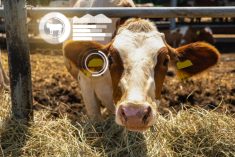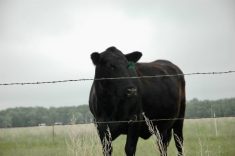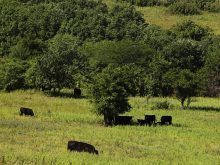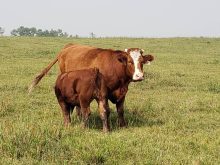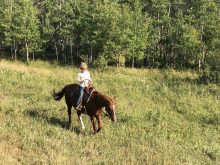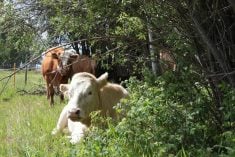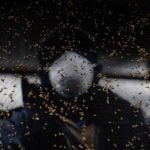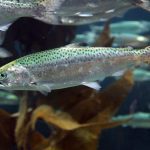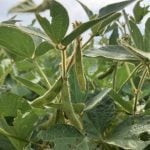Last spring, in 2024, my girlfriend and I took a 12-hour flight from Vancouver to Seoul and from there travelled another four hours south to Naju City. After a couple of days of rest, we drove to its outskirts to visit her uncle’s Hanwoo beef operation.
About a month ago, in 2025, we made our second voyage to South Korea and got another great opportunity to revisit her family’s farm.
To appreciate their farm, as well as the special beef industry in Korea, we should compare the typical Korean palate against our own eating habits in Canada. For example, Canadians consume about 30 kg of beef and eat less than eight kg of fish and seafood on an annual basis. Koreans, on the other hand, consume over 60 kg of fish and seafood and about 15 kg of beef. Furthermore, a Korean plate of beef rarely bears a steak as we know it, but often displays stewed heart, tripe, chitlins, oxtail and other offal.
Read Also
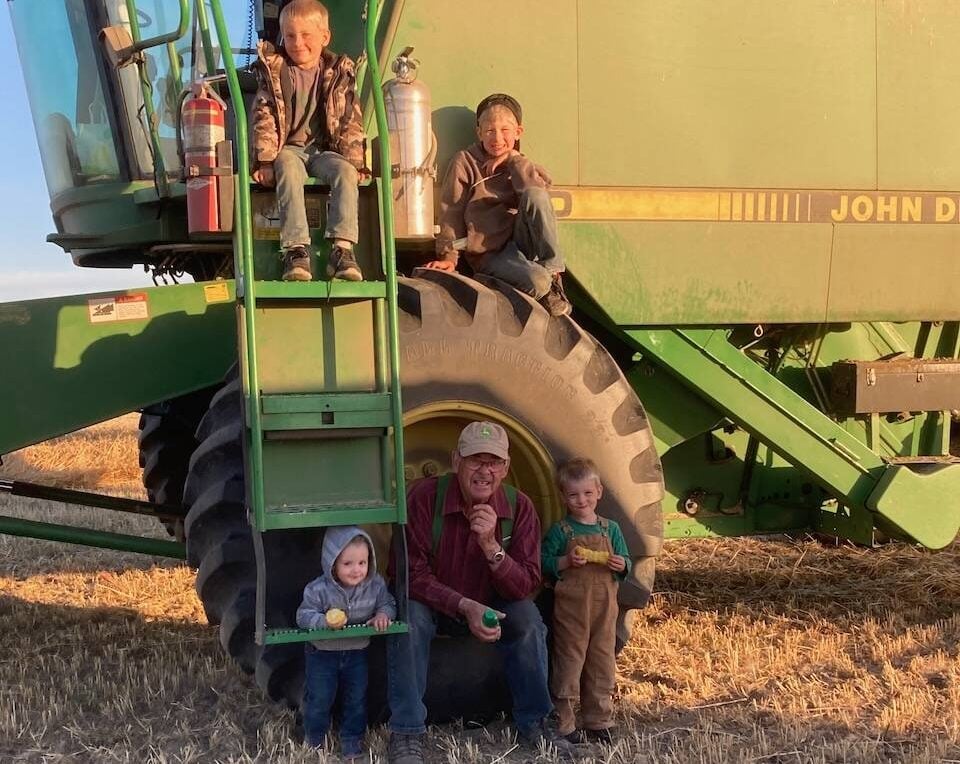
Harvest wraps up and fall work begins
At the Eppich famly ranch in western Saskatchewan, the fall harvest was successful with few breakdowns, cows and calves have been sorted and a new tractor has arrived
Similarly, Canada slaughters about two million cattle per year, while Koreans slaughter nearly 900,000 Hanwoo beef feeders, which originate in their country. Plus, I can attest that from Seoul to Naju City (pop. 120,000), I did not see any open-air feedlots, which are a common sight in Western Canada. Rather, most in Korea are like that of my girlfriend’s uncle and aunt — Sang June Kim and Hee Jong’s operation — in the form of an open-roof and dairy-like barn with two longitudinal rows of cattle pens.
I reported last year that they bought 170 Hanwoo feeder steers at eight to nine months of age, weighing between 300 and 350 kg. Their plan was to raise and market these calves to 1,000 kg at 24 months of age.
Upon our second visit, most of these calves have been sold. Now 150 five- to six-month-old Hanwoo heifers weighing about 250 kg have been trucked in. They will be raised until they are marketed at 750 kg, which I am assuming is about their slaughter weight.
According to Sang June, using my girlfriend as an interpreter, they made a handsome profit on last year’s steers. Given that a new group of feeder steers would be an unprecedentedly high input cost and would have resulted in razor-thin profit, he penciled it out and decided to buy light-weight Hanwoo heifers.
Sang June acknowledged heifers may gain less per day than comparable steers, but should have better overall feed efficiencies for an attractive financial return.
On the farm with the steers, he cut and loaded plastic-wrapped bales (500 to 600 kg per bale) of complete diet (forage plus concentrate) in a small TMR mixer, which was mounted on a small truck and then equally unloaded in front of the steers.
Now, Sang June lays only chopped hay (wrapped 500-kg bales imported from Australia) in front of the heifers and in a more precise manner feeds a complete grain ration through individual self-drop feeders on the other side of the heifer pens.
It is my further understanding that this heifer concentrate is made up of rolled corn, rolled soybeans, ground barley and a mineral-vitamin pack.
The amount of this concentrate diet is distributed on a weight-per-head basis and then increased respectively as these animals grow heavier. As a footnote: no implants are used on this operation.

Another change Sang June made this year is that all growing heifers are still housed to about three to five animals per pen, but a thick layer of clean rice hulls lines each pen. In comparison, last year’s steers laid on their own manure.
According to Sang June, his goal of continuous improvement is to keep all animals as clean and comfortable as possible, particularly during the autumn rainy season. He believes it contributes to good health and better weight gains.
For me, such a second guided tour of this beautiful operation was totally unexpected. I was thrilled to learn about the significant improvements made to it in less than one year’s time. I encourage all readers to look back at my Grainews article from last spring to read or re-read about my first excellent visit. Both visits certainly made me appreciate ever more of the beef industry in another country and here at home. Above all I want to thank Sang June and Hee Jong again for their great hospitality in welcoming us to their farm and home.




